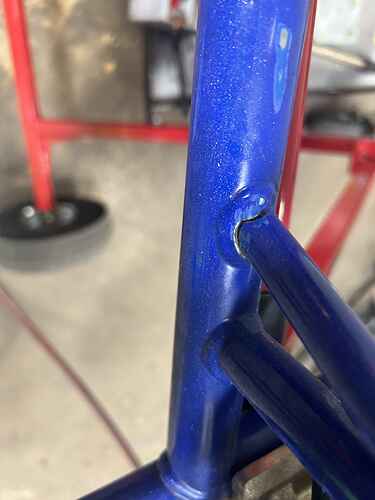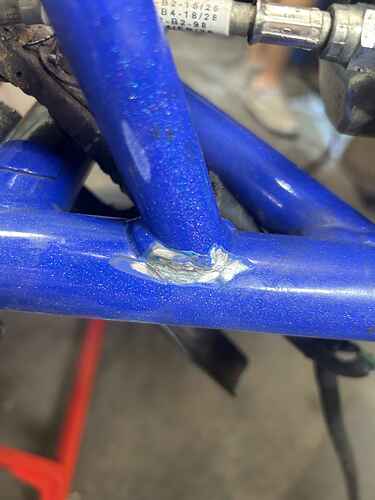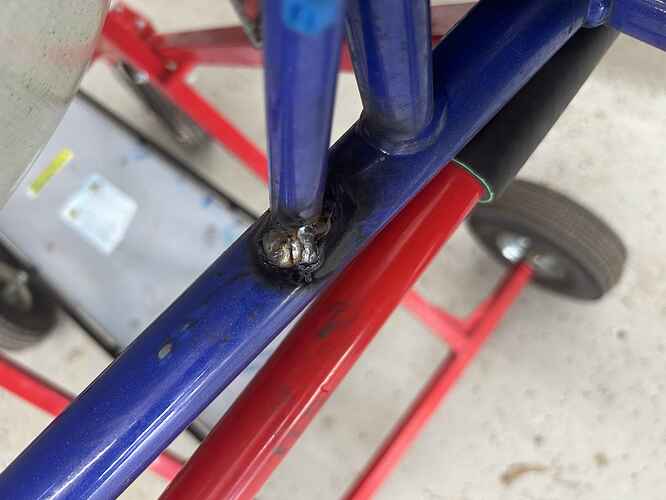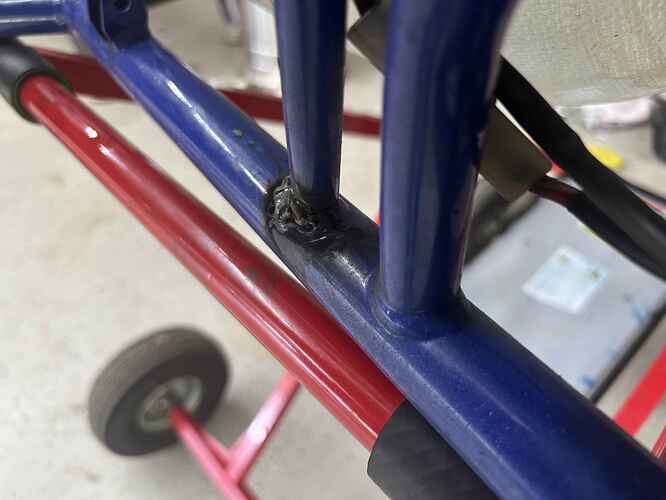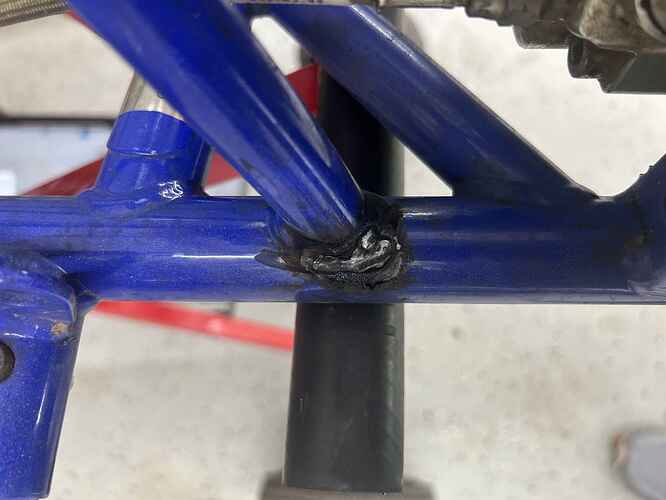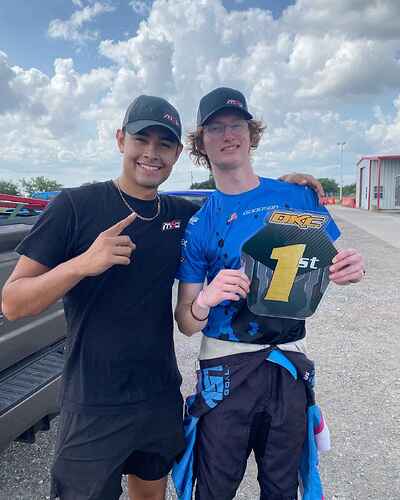IMHO, it’s the damping characteristics, which can be varied by the steel compound, similar to what is done with axles.
Word on the street is OTK heat treats certain parts of the frame, too.
OTK upload a video of their factory if anyone interested. No much info about this topic, but pretty cool anyway.
It (barely) meets the spec for 4125 or the European “25CrMo4” alloy specification.
OTK doesn’t heat treat frames, at least not the ones the general public gets. If they did, it would be visible on a hardness test.
It certainly would be interesting if a full chassis was heat treated or cryo treated after welding. Would wonder how either would affect not only the tubing, but the welds also and stresses in the chassis.
The differences in elastic modulus and damping coefficient with heat treatment are small but significant…
I’d have said a change in damping, yes, given the change in grain structure with heat treatment, but E is not typically considered to be affected by heat treatment.
Is damping characteristic a big factor in chassis design, compared to axle behavior, given the relatively slow behavior of the chassis?
It’s not a huge change, but the range from 200 to 210 GPa is equivalent to a few mm change of rail-to-rail width.
And another cracked set seat struts. Different frame. Running KA100 with seat supports now. Someone at the track did a rush repair so we could keep racing. Now it’s time to clean it up and get it repaired proper. But hey, the repair held for race day!!
I’ve popped that engine side tube before on a one race old chassis. Super annoying to have to weld on a “new” kart.
Every regional weekend we have to weld on at least 2 or 3 karts it seems, sometimes more. We always have our tig in the trailer and it’s one of our services, but boy if it comes mid-day on a race day it sucks when I’m also racing myself.
@KeslerDesignWorks, we popped both left side tube welds completely off of a different frame last year. Running LO206 with no seat struts.
This one was with struts and completely broke the smaller support tube on the right side and cracked the weld on the larger support tube on the left.
Factory MIG welds on those smaller diameter tubes just put in too much heat to the Cr-Mo tubes and they crack in the HAZ immediately adjacent to the weld. For the price of these frames from OTK, it is downright pathetic. I know several other manufacturers have the same issue as well.
@Rdub3, I was thankful we found a MIG. Woulda sucked to drive home knowing the kid had a podium paced kart. It cracked in warmups and we got it welded in time to make qualy and he got the top step. Those are too hard to come by to miss out on!!!
Yeop one of the reasons I switched brand among various other reasons. I know guys can make them work, but I really struggled at Masters weight on OTK frames. Just too soft and I was putting too much load/twist through the frame.
I think the issue comes down to cheaper material used on the seat supports versus the frame. Not often (but occasionally) do I see the breakage of the main frame material, most times it’s the support material.
@Rdub3 Of the 4 seat strut breaks we have had, 3 were in the main tube to weld HAZ. Only the one I posted today was in the support tube weld HAZ.
Just look at the amount of material they are depositing on such a small area…lots of heat input!
We are likely switching to CRG for next season. The team we are on is CRG and we have been the odd man out on setup info between 3 karts in the same class. Want to better align next year and we need to replace a frame at a minimum either way.
Looked at the KR FA pretty serious as we have a relationship with the owners of Driven who partnered up to created DPK Americas this year. Unfortunately since the DPK effort is focused at the national level we wouldn’t have the race day support at regional events and elected to align with our current team.
I think OTK frames or other italian frames aren’t great for 4 strokes in terms of durability because their weight and vibration put more work on the frame than a water-cooled 2 stroke. The local GX390 class uses very worn or “dead” frames because all teams consider useless to buy a new frame for an engine that will destroy the frame faster than a 2 stroke
We got better life out of the four stroke LN frame then we did running two-stroke🤷🏻♂️
Just for reference, I posted this a couple of years ago (and James archived it for me) and goes into some of what has been talked about here.
The GX390 weights more than the LO206 though
Different steels do not have significantly differing physical properties. The modulus of elasticity, the shear modulus, .they are pretty close for all all steels - from crap ASTM A36 to the most exotic alloys. Even the damping does not differ enough to make a difference in any application except rotating machinery near a natural frequency where resonance can rear its head (Vertical Turbine Pump Torsional Resonance).
This is something that many people fail to understand. “Higher” grades of steel are not softer or stiffer. They differ in how far you can stress them before they yield. If a chassis feels different, look at the physical shape. Hint…the shape that matters may be in an area you can not see. Get a UT tester and start measuring thickness…everywhere…even areas where you think it could not be thinner.
If OTK is choosing a specialized grade, it is likely for manufacturing engineering reasons.
That paper Nik G posted is solid…
The reality is the ultimate frame tubing from a longevity with performance standpoint is likely in a odd diameter that is not mfg. Look at the plane moment of inertia (the “I” in the beam constant “EI”). You could create a tube with the same bending stiffness as currently utilized 30mm tubing, by going to a smaller size, but a thicker wall. But because the compression and tension is closer to the neutral axis, it could BEND farther before going plastic. This would make a more durable chassis…that had the same handling, but the downside is it would be slightly heavier. But it is likely cost prohibitive to get a steel mill to make odd sized tubing for just one application…

